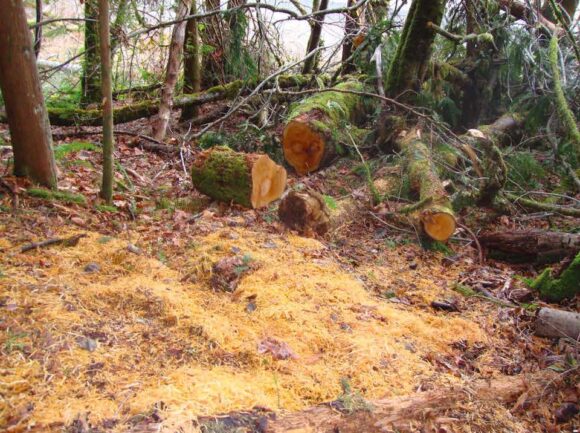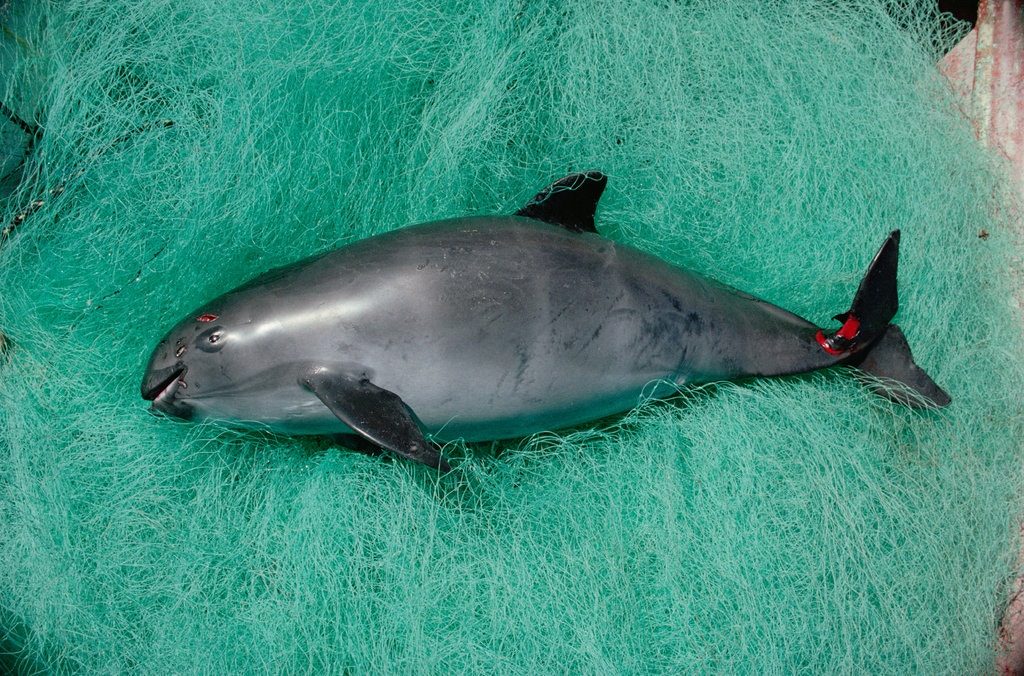Reading Paul Mullen’s Running Amok for the Telegraph, 27 September 2025
Paul Mullen has spent years trying to understand the internal world of the lone mass killer: the sort of person who draws their weapon in a school, on a factory floor, or at a supermarket. In this pursuit, says Mullen – a forensic psychiatrist – we should remember, and admit, that everyone has the odd unpleasant impulse from time to time: it’s part of being human. So, he writes, when discussing the most sickening criminals, we mustn’t “endow perfectly normal mental mechanisms with a pathological, sinister significance”.
For example, many of us feel undervalued. Many of us feel in possession of skills and attributes that, in a better world, would surely bring us recognition. Who among us has not looked in the mirror and met a creature consumed by resentment or depression? Life can be crushing, and as Mullen says, “disappointed, egotistical, isolated and rigid men are ten-a-penny.” Pushed to the edge, they’re much more likely to put an end to themselves than go out in a blaze of vicious “glory”. (The male suicide rate in the UK last year was 17.4 deaths per 100,000 people, vastly larger than the rate of male deaths by homicide.)
Mullen is best known for his research into the link between common-or-garden jealousy and the obsessional, sometimes homicidal, behaviour of stalkers. He takes a similar tack in Running Amok, a devastating compendium of mass killings, arranged by locale and severity. Many lone mass killers, we learn, are persistent whiners – “querulants” is Mullen’s term-of-art – which led me to wonder what our burgeoning culture of complaint is doing to stoke their fires. From those who self-righteously pursue their grievances to others who seem to live fantasies of battling persecution, you wonder how thin the cognitive dividing-line can safely grow. And yet: whether or not the world is filling up with narcissistic whiners, most of them don’t turn to slaughter. So what leads a handful to make that change? Or, to put it another way, what actuates them even more than what, in truth, are the perfectly common means (guns, vehicles, knives), and motive (the desire for “a semblance of power and significance”)?
Mullen, who has met a wide range of criminals across his professional career, and was the first non-military defence expert to gain access to the detention centre at Guantanamo Bay, points the finger at the availability of an incident the would-be killer can emulate: what Mullen calls a “social script”. In his experience, mass killers are invariably fixated on reports of previous massacres; also on their fictional depiction. Rambo is a fine movie, intelligently written, but there’s a reason the DVD keeps turning up on the shelves of such people.
As societies change, so do the scripts they make available to the despondent, the despairing, the rejected and the humiliated. In the 1970s and early 1980s, homicidal losers used to fixate on a belief; now they’re more likely to kill in the name of a group. The 2016 Orlando killer Omar Mateen claimed allegiance to both Isis and Hizbullah: a neat trick, given how violently these groups are opposed to each other. In this shift from ideology to tribe, Mullen detects the influence of the internet, with its pseudo-communities of extremists desperate to represent some persecuted minority.
The other essential characteristic of these scripts is that they are self-perpetuating. Killers inspire killers. It’s why Mullen won’t mention the killers he’s writing about by name, a tactic that gives the reader the initial impression – quickly dispelled – that the author is only marginally acquainted with his subject matter. On the contrary, Mullen anatomises, with skill and a certain amount of garrulousness, what seems a desperately intractable problem, noting in particular the inflammatory influence of a predominantly on-line incel culture, the depredations of the attention economy, and the addictiveness of certain videogames. The violence or otherwise of these games is not at issue: much more important is their ability to offer the pathologically lonely a semblance of social validation: “Look at me, top of the leader board!” Internet tribalisms of all sorts service the lone killer’s need to belong — and not just to belong, but to crawl to the top of some specious hierarchy. “I’ve got the record, haven’t I?” was practically the first question Martin Bryant asked after shooting and killing 35 people and injuring 23 others in the Tasmanian tourist town of Port Arthur in 1996.
So much for sociology. Mullen would sooner engage with the extreme inner worlds of lone mass killers than explain them away with platitudes. Whatever maddened these people in the first place (and let’s face it, some people are just born miserable), by the time mass homicide seems like a solution to their problems, they are, by any common definition of the term, mad, and should be treated as such.
This is where Mullen turns to discuss, of all people, Queen Victoria. Across her long reign, she was the victim of eight assassination attempts. By the time she died, entirely peacefully, the Metropolitan Police had learned that the most effective strategy for avoiding or mitigating attacks on a permanently public target was, as far as possible, to dampen down publicity. Ever since, would-be regicides have been arrested without fanfare, and often ushered into psychiatric treatment. Thus, within the bounds of law, a security issue has been turned into a public-health one.
Mullen would like to see potential lone mass killers spotted and treated in much the same way. He proposes a Threat Assessment and Response Centre (targeted on random killings) modelled on the Met’s Fixated Threat Assessment Centre, which handles the security of known targets. Faced with a credible threat, the Centre should be given access to the suspect’s police and medical records and their internet history. Why? Because identification is ninety per cent of the battle. Treatment, by comparison, is startingly simple: obsessives on the path to atrocity are, in Mullen’s experience, remarkably cooperative and frank with those who’ve managed to stop them.
At the time of writing, there have been just over 300 mass shootings in America so far, and while gun-control laws may have preserved Britain and other Western countries from that specific plague, a spate of vehicle ramming attacks in Nice, Berlin, London, Barcelona, Stockholm and other European cities have left us, and our security services, in a state of hypervigilance.
So can we do anything? Mullen wants us to overcome our reticence and take seriously the threats made by miserable obsessives. False alarms will be raised, but psychologists aren’t witch-finders, Mullen assures us — in fact much of his time is spent avoiding the false attribution of madness in the people he meets.
I fear public awareness won’t do much good, however. Now that civic society has declared war on nuance and arrests people (or, Graham Linehan, anyway) for jokes, how can any of us be expected to hear the signal over the noise?




